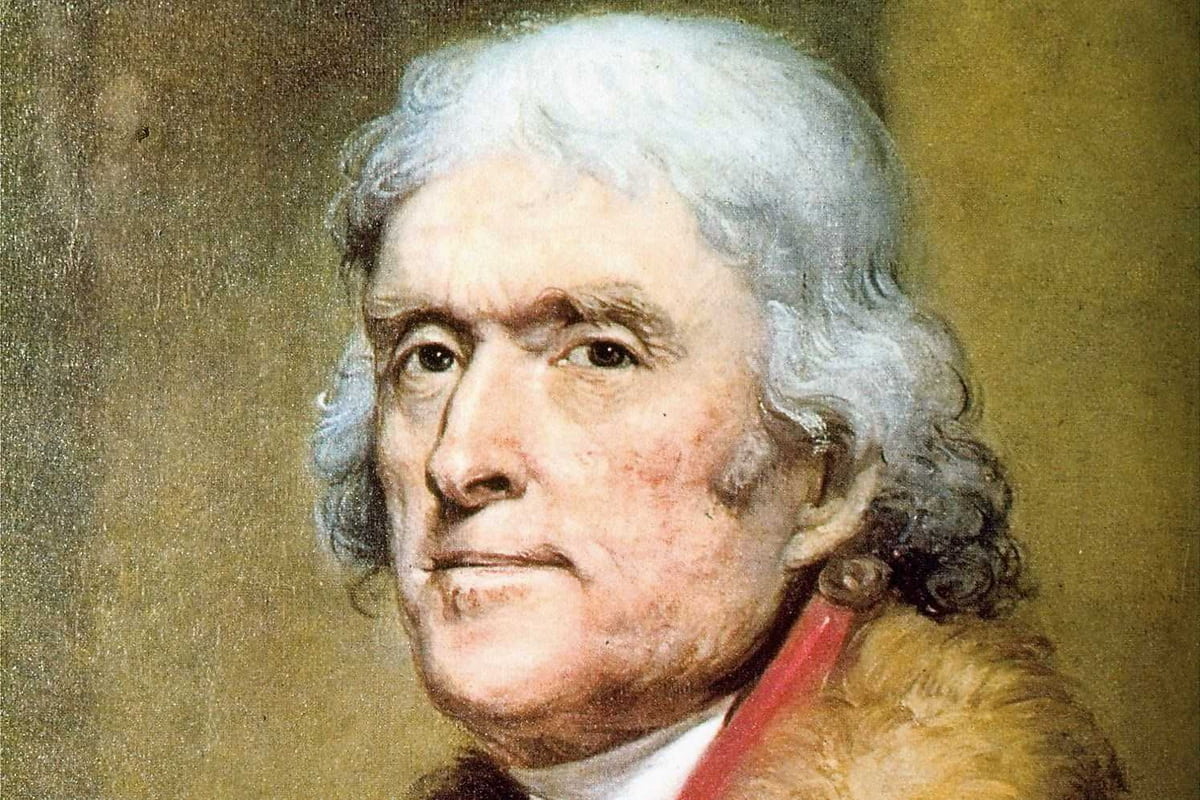Thomas Jefferson, the author of the Declaration of Independence and the third President of the United States, is a towering figure in American history. Yet, beyond his public achievements lie intriguing aspects of his private life, particularly his family dynamics that are less commonly explored.
From his marriage to Martha Wayles Skelton, bringing together two of Virginia’s prominent families, to his complex relationship with Sally Hemings, a story of love, legacy, and contradiction unfolds. Jefferson’s commitment to education for his daughters in Paris and the enigmatic life of Hemings’ children at Monticello, offer a glimpse into the familial bonds that transcended public and private spheres.
These interesting facts about Thomas Jefferson’s family not only humanize a historical icon but also provide a fascinating insight into the era’s societal norms.
1. Family Estate: Thomas Jefferson’s Shadwell
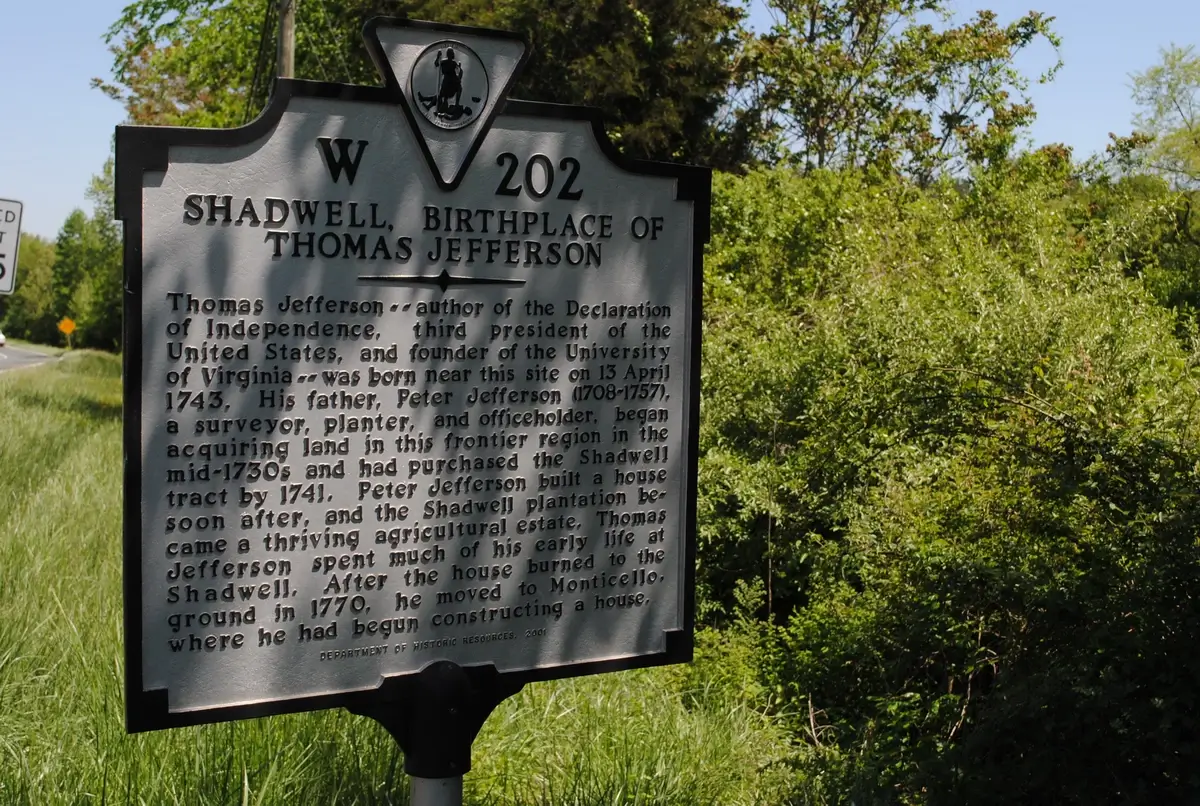
Shadwell, birthplace of Thomas Jefferson. Image: thehistorylist.com
Thomas Jefferson, the third President of the United States, was born into a prominent Virginia family on April 13, 1743, at their plantation called Shadwell. This estate was not merely a birthplace but a cornerstone of Jefferson’s early life, setting the stage for his multifaceted career as a statesman, inventor, and architect.
Shadwell, named after the parish in London where Jefferson’s mother, Jane Randolph, was born, was a significant property in Albemarle County, Virginia. Jefferson’s father, Peter Jefferson, was a successful planter and surveyor, which underscores the socio-economic background that influenced Thomas Jefferson’s upbringing. The estate was an agricultural hub, deeply embedded in the colonial Virginia economy, and operated with the labor of enslaved people, a complex legacy that Jefferson would carry into his political and personal life.
The plantation was also a site of innovation and progress, with Jefferson himself engaging in agricultural experimentation and construction projects, including a notable canal and toll mill on the Rivanna River by 1803. These endeavors highlighted Jefferson’s early interest in engineering and design, which would later be reflected in his architectural achievements, such as the iconic Monticello.
Sadly, Shadwell also bore witness to the harsh realities of the time, including the operation of a notably cruel overseer during Jefferson’s vice presidency, underscoring the intertwined narratives of innovation and moral contradiction that marked much of Jefferson’s life. The estate eventually passed to Jefferson’s grandson, Thomas Jefferson Randolph, in 1813, signifying its importance within the family legacy.
2. Jefferson’s Marriage to Martha Wayles Skelton
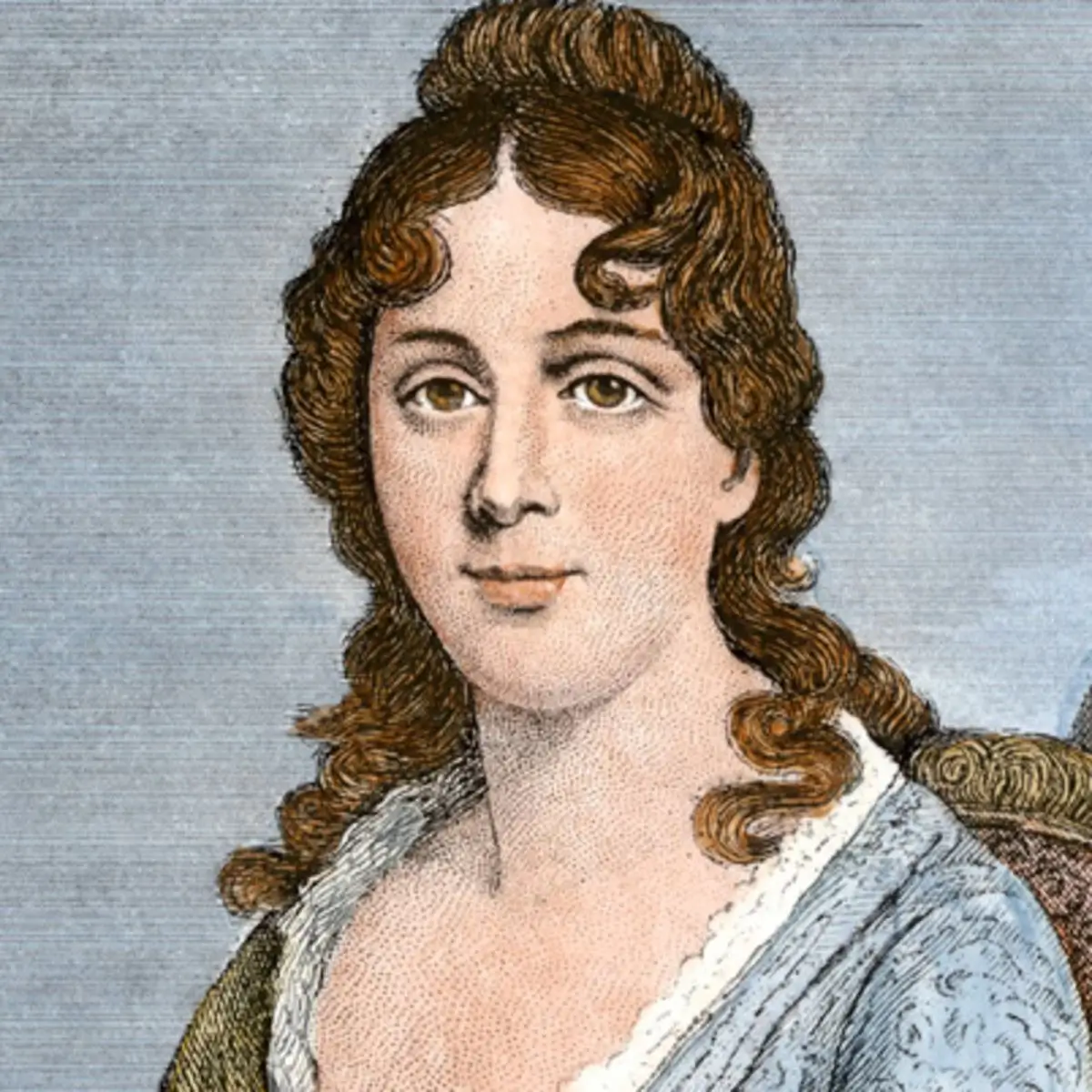
Martha Wayles Skelton Jefferson, wife of Thomas Jefferson. Image: Pinterest
Thomas Jefferson’s marriage to Martha Wayles Skelton in 1772 marked the union of two prominent Virginia families. Martha, a widow, brought significant wealth to the marriage, including land and slaves, which played a crucial role in the establishment and maintenance of Monticello, Jefferson’s iconic home. Their partnership was both a domestic and economic alliance that underpinned the Jefferson family’s social standing and financial stability.
Martha was not only a wife and mother but also a capable manager of the household and the enslaved people on their plantation, roles that were crucial while Jefferson was immersed in his political career. Despite the challenges of her time, including the loss of her son from her first marriage and the physical toll of multiple pregnancies, Martha was recognized for her strength of character, intelligence, and grace.
The couple’s life together was filled with both joy and tragedy. They had six children, but only two, Martha (Patsy) and Mary (Polly), survived to adulthood. The physical and emotional strain of her pregnancies, along with the loss of their children, deeply affected Martha’s health. Her premature death in 1782 left Jefferson heartbroken, profoundly impacting his personal and political life.
Their marriage, though filled with personal challenges, played a significant role in the early history of the United States, providing Jefferson with a stable family life that supported his political and intellectual pursuits.
3. Family Tragedies: Jefferson’s Personal Losses
Thomas Jefferson’s life, though marked by monumental public achievements, was equally defined by profound personal tragedies. His domestic life was shadowed by loss and sorrow, particularly in the deaths of his wife, Martha Wayles Skelton Jefferson, and many of their children at young ages.
Martha Wayles Skelton, a woman of beauty, intelligence, and strength, married Thomas Jefferson on January 1, 1772. The union brought Jefferson not just a partner but a soulmate whose death in 1782 left an indelible mark on his heart and mind. Martha’s health, weakened by the physical toll of multiple pregnancies, ultimately succumbed to complications following the birth of their last child. Jefferson’s grief was profound, and he never remarried, a testament to the depth of his devotion and love for Martha.
The couple had six children, but tragically, only two daughters, Martha (Patsy) and Mary (Polly), survived to adulthood. The Jeffersons experienced the sorrow of losing four children in their infancy or early childhood, a common but no less devastating reality of 18th-century life. These losses, including the death of their last child, Lucy, at age two from whooping cough, reflect the harsh realities of the era’s medical limitations.
Jefferson’s resilience in the face of such personal adversity is notable, as he continued to pursue his public service and intellectual endeavors. However, the shadow of these tragedies lingered, influencing his writings and perhaps his views on the fragility of human life and the importance of personal liberty and happiness.
4. Martha Jefferson Randolph’s Marriage and Children
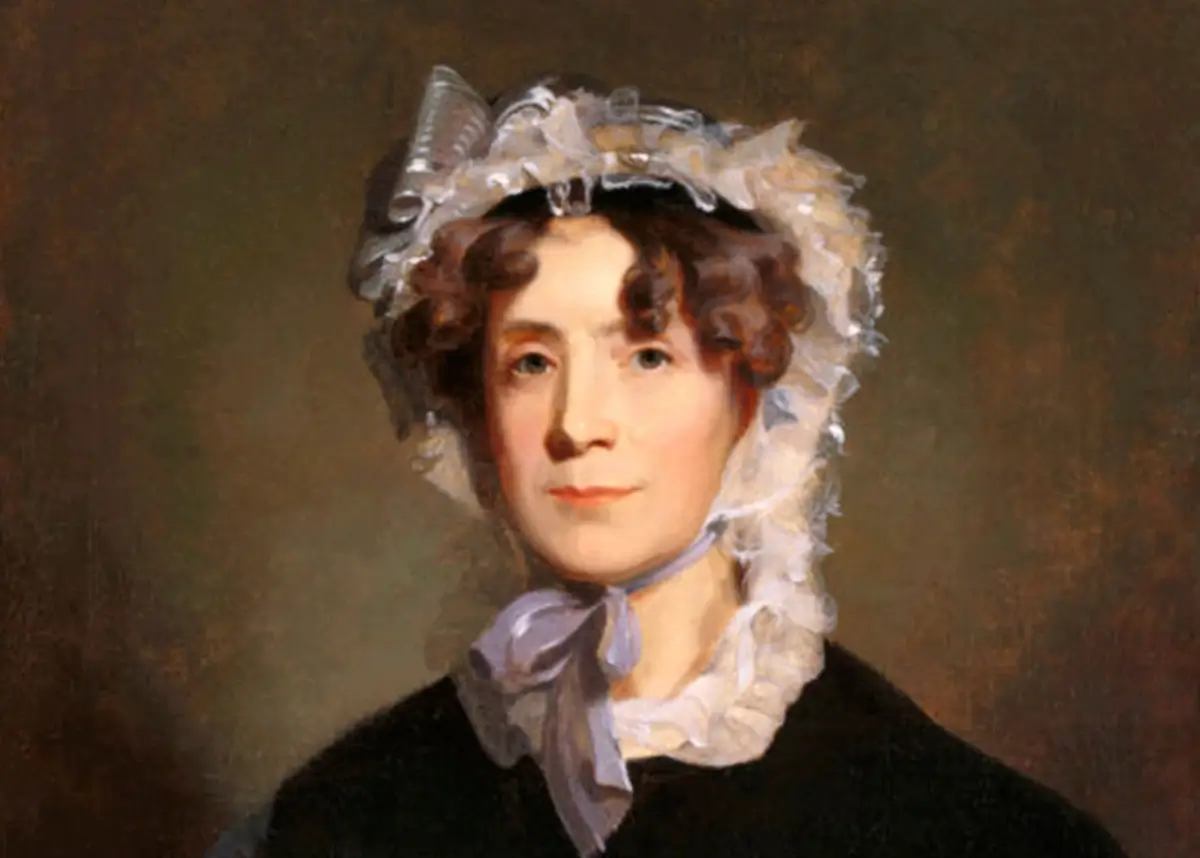
Martha Jefferson Randolph. Image: history.com
Martha Jefferson Randolph, the beloved daughter of Thomas Jefferson, led a life deeply intertwined with her father’s legacy and the political landscape of early America. In 1790, she married Thomas Mann Randolph Jr., a union that expanded the Jefferson family with twelve children, marking Martha’s role not just as a devoted mother but also as a significant figure in her father’s presidential life.
Martha’s marriage was characterized by personal joy and public responsibility. Her life at Monticello, and later at Edgehill, mirrored the complexities of American society during the transition from colonial to early republican times. Despite facing the continual financial strains that plagued both the Jefferson and Randolph families, Martha maintained her role with dignity, even reconciling with her estranged husband shortly before his death in 1828.
Her role extended beyond the domestic sphere, particularly during Thomas Jefferson’s presidency from 1801 to 1809. While Jefferson led the nation, Martha often served as an informal First Lady, a position that saw her managing not just her immediate family but also the broader social and political duties expected of her. Her presence in Washington was a testament to her father’s reliance on her, not only for her managerial skills but also for her ability to present a familial counter-narrative to public rumors and political controversies.
The births of Martha’s children between 1790 and 1818 were a testament to her resilience and health, a stark contrast to the maternal health issues prevalent in her family line. Her ability to bear twelve healthy children, with only one dying young, highlighted not only her physical strength but also her commitment to their education and upbringing, embodying the values she inherited from her father.
Martha Jefferson Randolph’s later years were marked by significant transitions, including the sale of Monticello after her father’s death and her movements between Boston, Washington, D.C., and Virginia. Despite these challenges, she continued to uphold her father’s legacy, contributing to the compilation and editing of his writings for publication, thereby securing Thomas Jefferson’s place in American history.
5. Sally Hemings and Thomas Jefferson
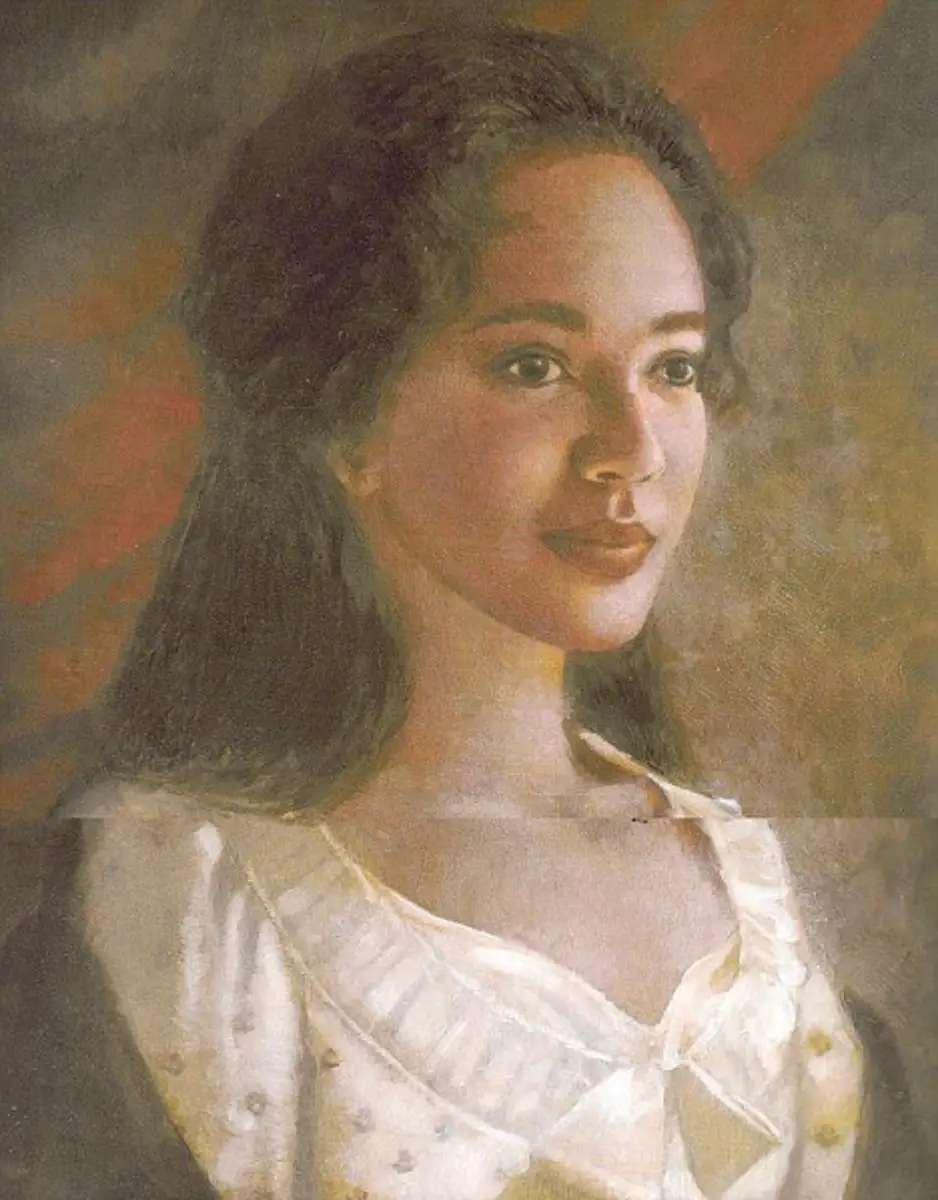
Sally Hemings. Image: soapboxie.com
The relationship between Thomas Jefferson, the third President of the United States, and Sally Hemings, an enslaved woman at Monticello, is a significant and complex aspect of American history. Sally Hemings, born in 1773, lived in Paris with Jefferson and two of his daughters from 1787 to 1789 and had at least six children, reflecting a long-term connection with Jefferson that has been subject to extensive historical debate and analysis.
Sally Hemings performed various duties at Monticello, including being a nursemaid-companion, lady’s maid, chambermaid, and seamstress. Despite the considerable attention this relationship has received, Hemings left no known written accounts, and there are no known images of her. Thomas Jefferson was present at Monticello during the likely conception times of all of Hemings’s known children, and contemporary accounts note that some of her children strongly resembled Jefferson. In a significant act that differed from his treatment of other enslaved families, Jefferson freed all of Sally Hemings’s children, allowing Beverly and Harriet to leave Monticello in 1822, and freeing Madison and Eston in his will.
The historical narrative is further complicated by Sally Hemings’s background. She was the daughter of John Wayles, Jefferson’s father-in-law, making her the half-sister of Jefferson’s wife, Martha Wayles Jefferson. This familial tie adds layers of complexity to the nature of Jefferson’s relationship with Hemings and their children, who were legally considered enslaved despite their significant European ancestry due to the principles of partus sequitur ventrem.
After Jefferson’s death in 1826, Sally Hemings was allowed to leave Monticello by Jefferson’s daughter Martha, and lived with her sons Madison and Eston in Charlottesville. The descendants of Madison Hemings have maintained a family history of descent from Jefferson, while Eston Hemings’s descendants, who lived as white, have a family history of being related to Jefferson, further complicating the narrative.
6. Jefferson’s Children and Their Education
Thomas Jefferson, a fervent advocate for education, ensured his daughters, Martha and Mary (Polly), received comprehensive tutoring that was enriched by their experiences abroad. His commitment to their education saw Martha and Mary attending the esteemed Abbaye Royale de Panthemont in Paris, a move that underscored Jefferson’s belief in a well-rounded education for his children. This education was not only about academic learning but also about immersing them in the cultural and intellectual milieu of Europe at the time.
Martha, particularly, was known for her intelligence and later, her robust health, contrasting sharply with the fates of other family members in childbirth. Her education, alongside her sister’s, was a testament to Jefferson’s forward-thinking approach to women’s education, a rarity in a time when female education was often sidelined.
During Jefferson’s presidency, his daughter Martha Jefferson Randolph played a crucial role not just within the family but also in helping Jefferson navigate the social waters of his presidency. Her education and demeanor impressed many in the capital, providing a counterbalance to the rumors surrounding Jefferson’s personal life. Martha’s education and her role in managing Jefferson’s households, both at Monticello and the Edgehill plantation, highlight the practical application of her learning in both domestic management and social engagements.
The emphasis Jefferson placed on education extended to his grandchildren, whom Martha raised with the same commitment to learning she had experienced. This legacy of education, particularly for women in the Jefferson family, was pioneering for its time and reflects Jefferson’s broader educational ideals, which championed enlightenment principles and the cultivation of an informed citizenry.
FAQ
Did Thomas Jefferson have a good family?
Thomas Jefferson was born into a prosperous family, which provided him with many opportunities, including a solid education. He was close to his family, particularly to his daughters, with whom he corresponded regularly. However, the term “good” can be subjective, as aspects of his family life, including his relationship with Sally Hemings, a woman enslaved by Jefferson, with whom he is believed to have had children, are controversial and complicate his family legacy.
What was Thomas Jefferson’s childhood and family life?
Thomas Jefferson was born on April 13, 1743, in Shadwell, Virginia, into a wealthy and socially prominent family. He was the third of ten children. His father, Peter Jefferson, was a planter and surveyor, and his mother, Jane Randolph Jefferson, came from a distinguished Virginia family. Jefferson’s childhood was characterized by educational pursuits and a privileged upbringing. He began his formal education at the age of nine, studying Latin, Greek, and French. Jefferson inherited a substantial estate from his father, which included land and slaves, shaping his future as a plantation owner.
Was Thomas Jefferson married to his cousin?
Thomas Jefferson was not married to his cousin. He married Martha Wayles Skelton, a widow, in 1772. Martha was not Jefferson’s cousin; rather, she belonged to a prominent Virginia family. Jefferson and Martha had six children together, but only two, Martha (Patsy) and Mary (Maria), survived to adulthood.
What happened to Thomas Jefferson’s wife?
Martha Wayles Skelton Jefferson died on September 6, 1782, at the age of 33, a few months after the birth of her last child. Her health had been declining for years, and it is believed that complications from childbirth contributed to her death. Thomas Jefferson was deeply affected by her death, reportedly remaining in his room for weeks and almost never speaking. He never remarried and honored a promise he made to Martha not to marry again, to prevent any stepmother from mistreating his children.
How many slaves did Jefferson inherit from his father?
Thomas Jefferson inherited approximately 20 to 40 slaves from his father’s estate when Peter Jefferson died in 1757. Over his lifetime, Jefferson owned about 600 slaves, acquiring more through the natural increase of the enslaved population on his plantations and additional purchases.
Who was Thomas Jefferson’s mom?
Thomas Jefferson’s mother was Jane Randolph Jefferson. She was born in London, England, in 1720, to a wealthy and socially prominent Virginia family. Jane married Peter Jefferson in 1739, and together they had eight children, with Thomas being their third child. Jane’s family background provided her son with social standing and connections within Virginia’s colonial elite.


